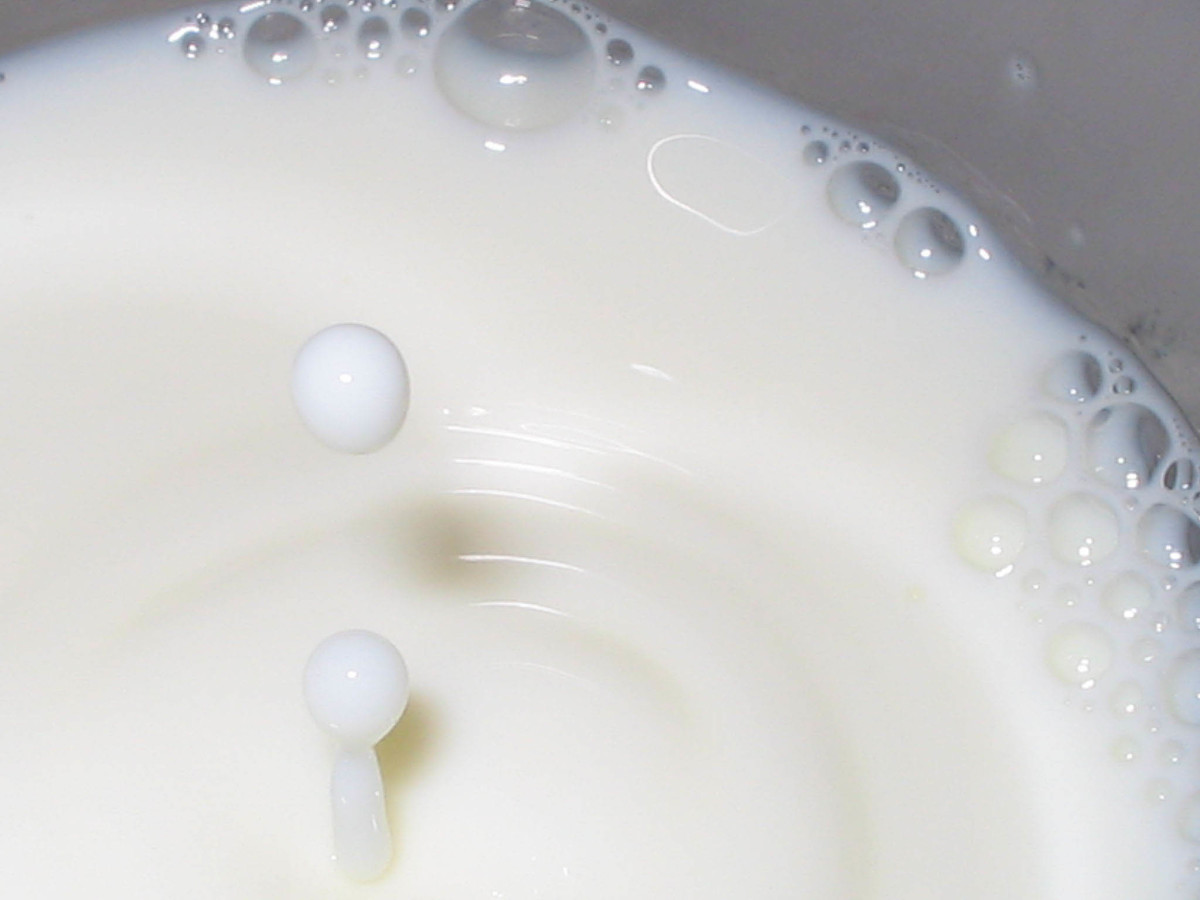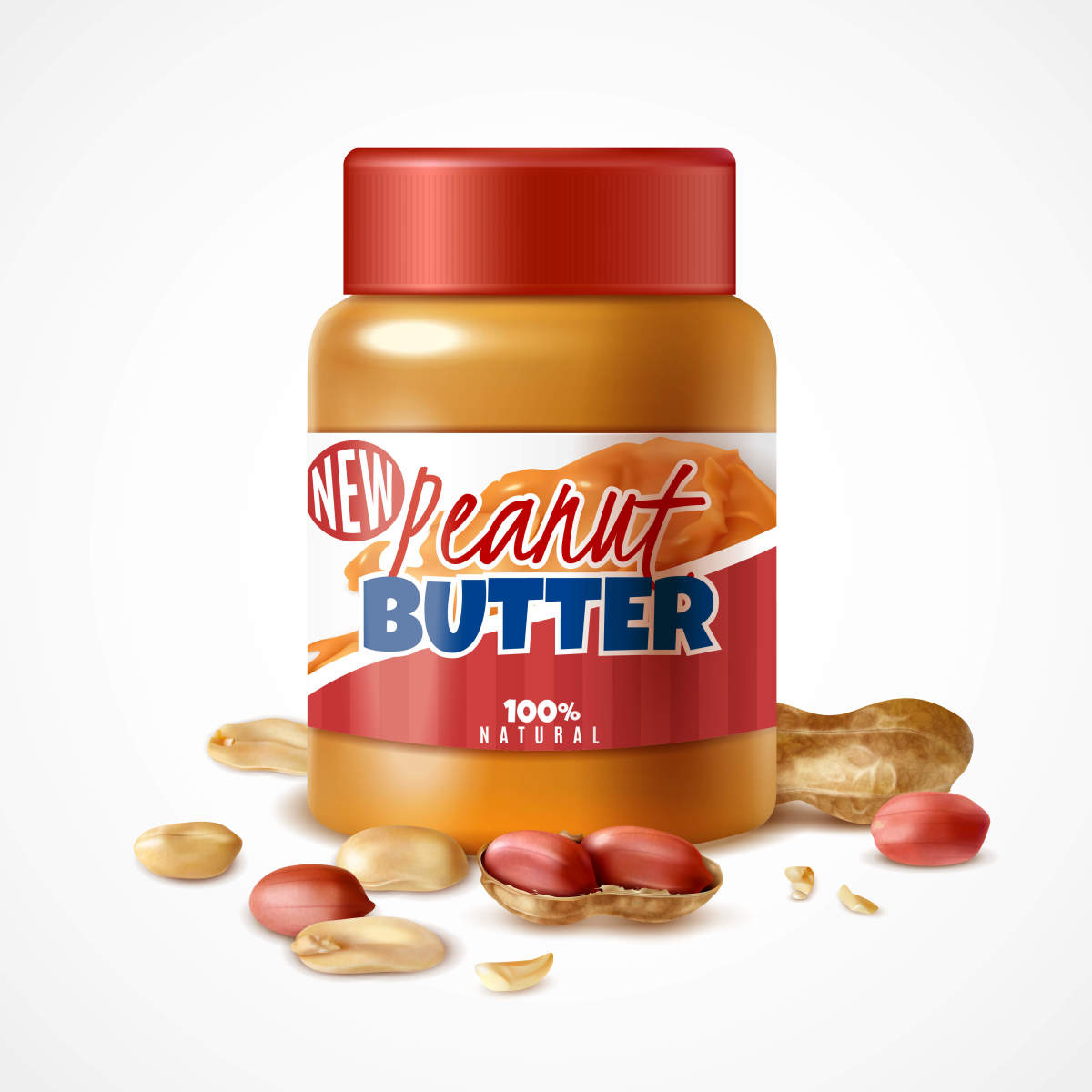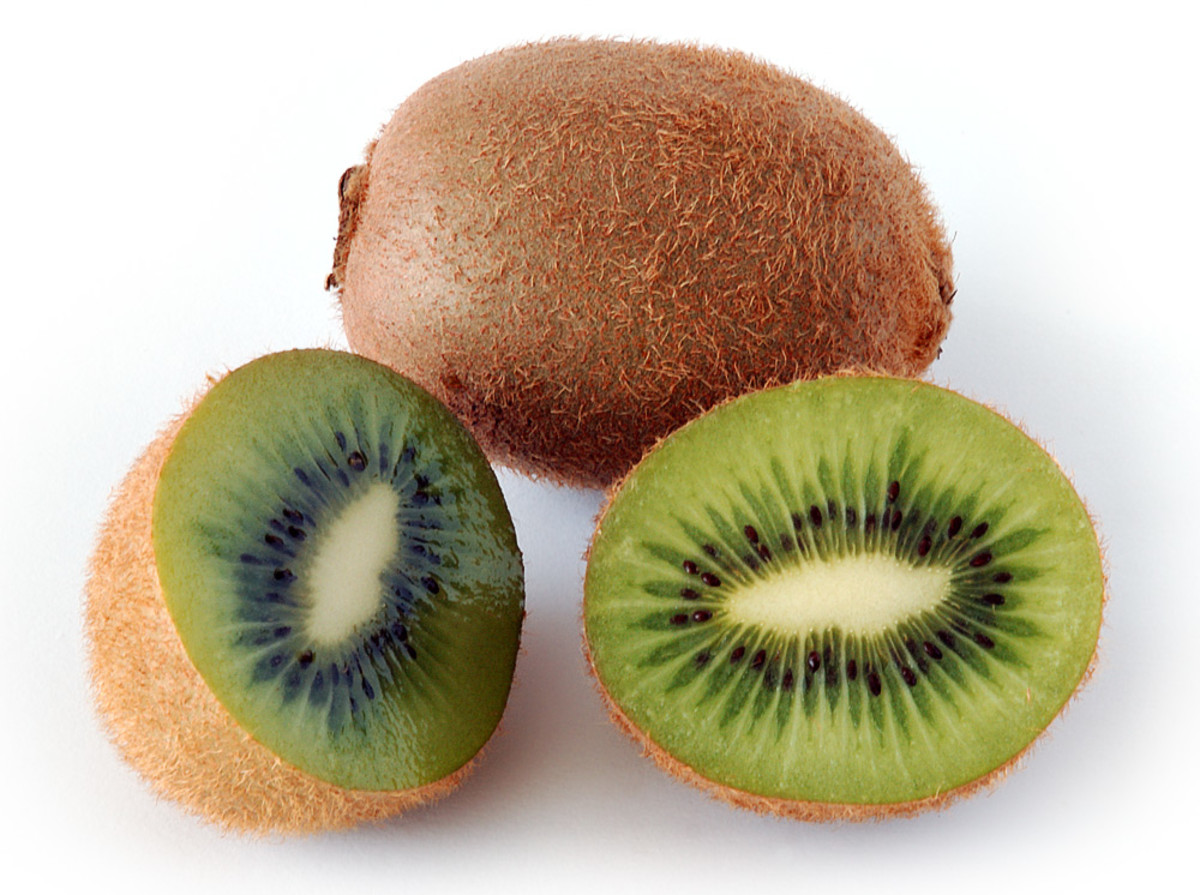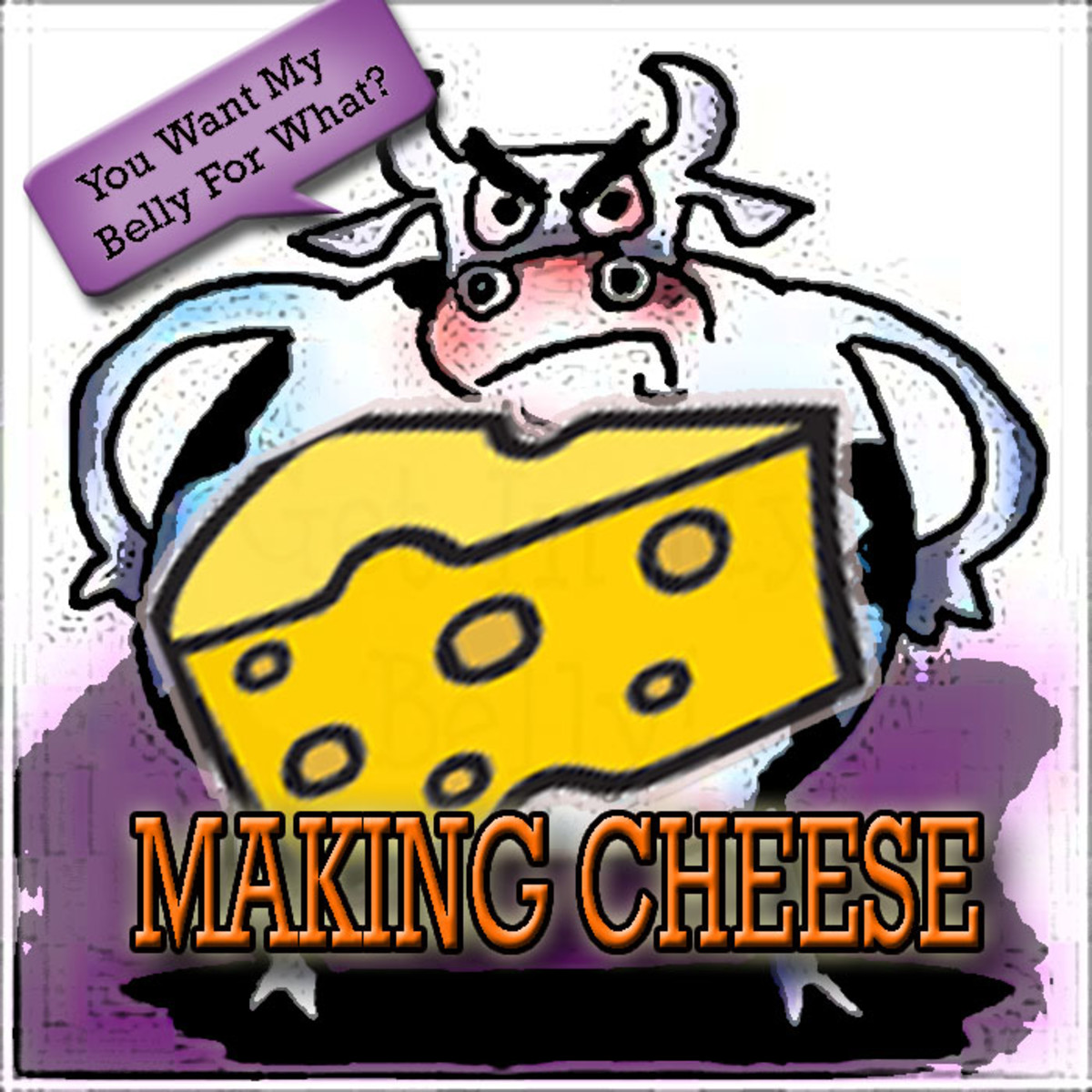Buttermilk, What it does and How to Use It
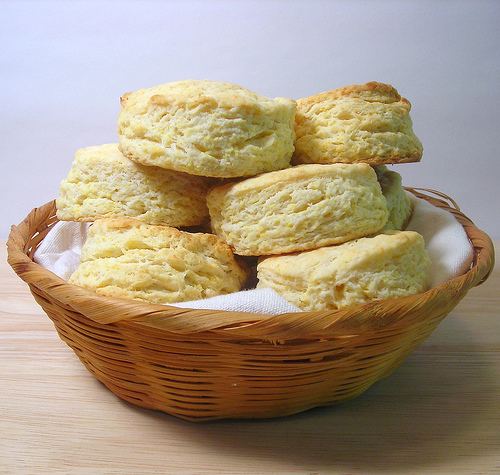
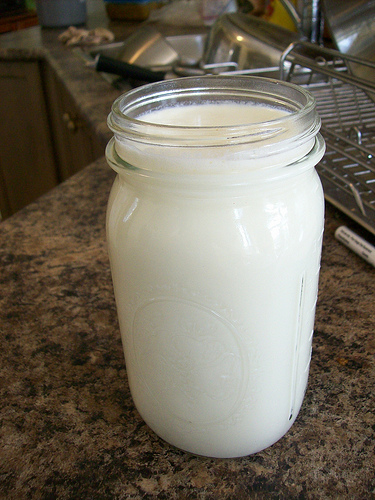
Sour cream can be made by mixing a couple tablespoons of buttermilk with fresh heavy cream and allowing it to sit at room temperature for a couple of hours.
I doubt most people anymore grew up drinking buttermilk. Or further, crumbling their cornbread into a glass of it to dip out with a spoon. When I’ve mentioned drinking buttermilk plain to my children, I’ve gotten the inevitable ‘gross!’. While few people drink it straight anymore, buttermilk has been getting more of the recognition it deserves in the culinary world in recent years, moving out of the Southern, Middle Eastern or Indian kitchen and into the wider culinary world. And it’s about time! Buttermilk is a good cook’s secret weapon – and it can serve in several different capacities in the kitchen. It’s fabulous in baked goods, as a meat tenderizer, and an element in emulsions and dressings. It’s inexpensive, low in fat and packed with some great nutritional elements. It’s rich in calcium, phosphorus, potassium, riboflavin and vitamin B12.
Traditionally, buttermilk was the tart liquid left over when the solids were removed in the butter making process. As part of the process, whole milk was allowed to sit to allow the milk and cream to separate. Lactic-acid producing bacteria naturally present would begin a process of fermentation. Because most of the butterfat remained in the butter portion, buttermilk itself is rather low in fat, yet it retains valuable nutrients. The soured liquid remaining behind – with a lower pH - contained many of these bacteria, as well as additional beneficial microorganisms (which is why buttermilk was often used as a digestive aid). Because much of the lactose is converted by the beneficial bacteria in the production process, many of those who are lactose intolerant found they could easily digest dishes made with buttermilk.
Modern production of buttermilk is a bit different, although using the exact principles that have been used for centuries. Cow’s milk is inoculated with the Streptococcus lactis, and the resulting slightly fermented, sour liquid is known as cultured buttermilk. A slightly different variety is called Bulgarian buttermilk, is slightly more sour and uses Lactobacillus bulgaricus. The two varieties can be used interchangeably in the kitchen – it’s simply up to the cook and personal preference and availability.
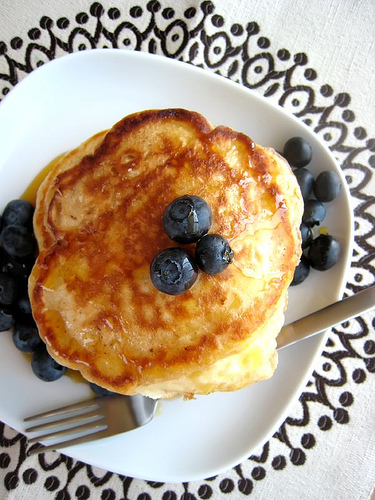
Quick Substitution
If you need buttermilk and find yourself without, you can make a chemically productive substitute by adding a teaspoon or two of lemon juice or vinegar to a cup of milk.
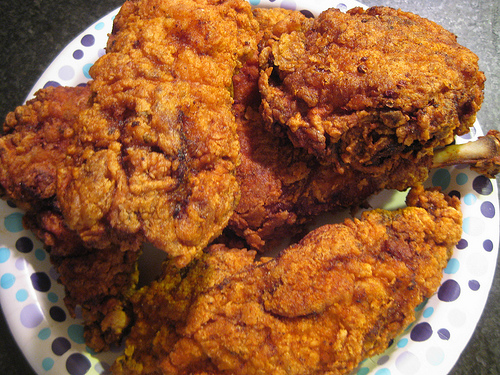
All varieties of buttermilk contain casein, milk protein; traditional buttermilk has clabbered or thickened less than cultured buttermilk. This results in the difference in thickness you can observe, and which most cooks are accustomed to. The thick creamy mouth feel of ranch or green goddess dressing is due to cultured buttermilk. Both dishes were developed in the latter 20th century using widely available cultured buttermilk. Chemically both cultured and traditional types will behave the same in the kitchen – both work well as tenderizers for example. They also have much the same nutritional profile.
Almost any grocery store will carry buttermilk. It is far more prevalent, and greater variety can be found in either ethnic stores (Indian stores are great), or in mainstream grocery stores in the South. My personal preference is for whole-milk buttermilk, but if all you can find is low or non-fat varieties, then it’s no problem. If you’re lucky enough to find Bulgarian, give it a try. Experiment with each type until you discover your own personal preferences. It will all ‘behave’ the same way when you cook with it – the differences will be in texture and thickness.
So what do you do with it? The first and most obvious uses are in dressings. America’s favorite is ranch – try mixing a batch from scratch. Or green goddess – my personal favorite from the 50’s which I wish would make a whole scale comeback. It’s amazing in baked goods – pancakes, biscuits, breads and crusts – the lactic acid in buttermilk reacts with leaveners such as baking powder to create the ‘lift’ that makes the inside of a good biscuit so heavenly. The acid reacts to create little bubbles which lift the dough and create a truly tender crumb. Try it as a tenderizer in marinades – lamb, pork and chicken especially take to the gorgeous bit of tang and more tender texture that a buttermilk bath can impart. Southern Fried Chicken especially relies on a soak in buttermilk.
Nutritional Information
Now of course the best place for nutritional information is the label on each brand - general information from sites such as the USDA will rely on generalities. However, remember that these are guides - if you don't have a mass spectrometer in your kitchen you aren't going to get everything exactly right. You will however, get really close, and more importantly, be able to work this information into your overal dietary picture.
Low fat buttermilk is relatively low in calories - 98 per 8 ounce serving. In addition it contains just over 8 grams of protein per serving, as well as 284 mg of calcium. That's quite a punch - 16% of the daily value of protein, and 28% of the DV for calcium. Pretty good for something that's delicious as well, huh?
The same 8 ounces will give 22% of the DV of riboflavin, 11% of potassium, and 9% of B12. The downside - you're also going to get a rather sharp sodium punch - 11% of the daily value, or 257 mg, so be careful there. In addition, much of the nutritive value in buttermilk comes from carbohydrates, so the glycemic scale should be watched carefully. The USDA states the glycemic load of a cup of buttermilk at 8.
Overall though, this is an amazing substance, and once you begin to experiement with it, you'll see how powerful a tool it can be. Don't be afraid of buttermilk - it wants to be your friend. Let it - and allow it to make you a culinary rock star.
Visit the Website!
- The Thrillbilly Gourmet
Eat Real Food! Combining classic technique with everyday food for spectacular results!

